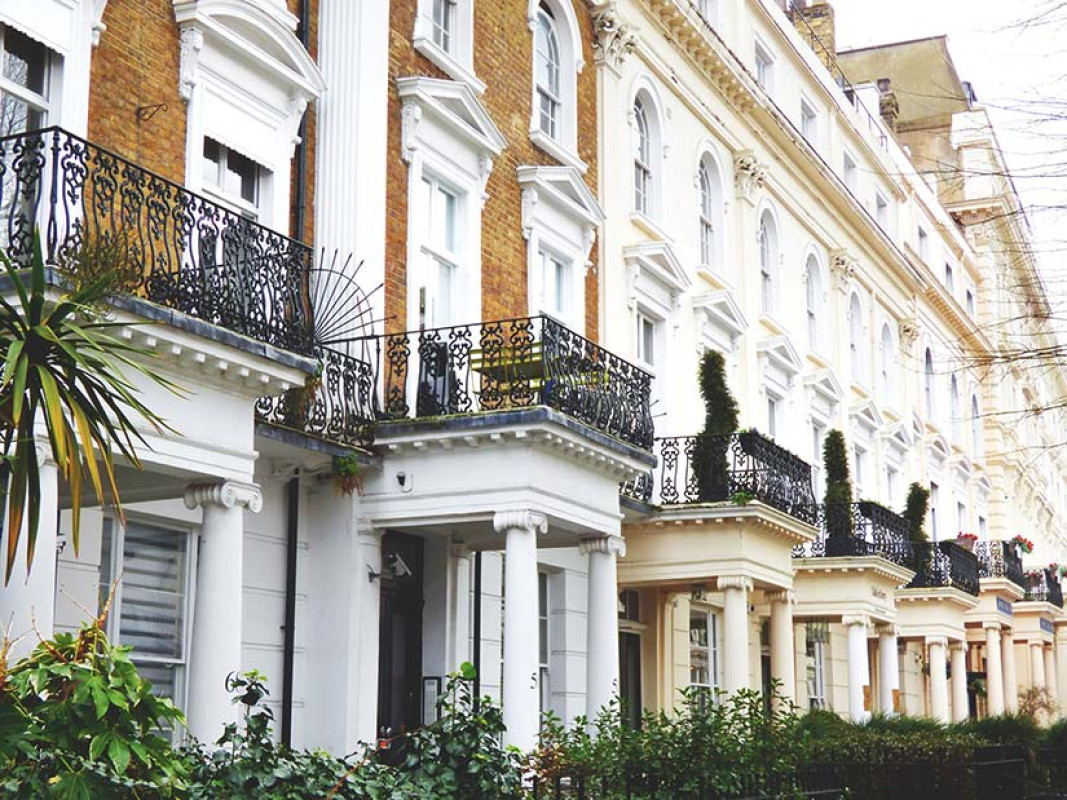Stamp Duty explained
- Authors
-
-

- Name
- Patrick Maflin
-

If you're buying a home in England or Northern Ireland you might have to pay Stamp Duty Land Tax (SDLT). This guide should help establish which category you may fall into.
The SDLT cut will remain in place until 31 March 2025 to support the housing market. The
government then intends to repeal these changes.
FIRST TIME BUYERS
If you’re a first-time buyer in England or Northern Ireland, you will pay no Stamp Duty on
properties worth up to £425,000.
For properties costing up to £625,000, you will pay no Stamp Duty on the first £425,000. You’ll then pay Stamp Duty at the relevant rate of 5% on the remaining amount, up to £200,000.
If the property you’re buying is worth over £625,000, you will need to pay the standard rates of Stamp Duty and won’t qualify for first-time buyer’s relief.
NON UK RESIDENTS
From the 1st April 2021 there was a new 2% stamp duty surcharge on all residential
properties for non-UK residents, in England and Northern Ireland. This includes
both buy to let and residential purchases. The criteria to determine if someone is
non resident is different to the government's statutory residency test. There are no
exemptions for seafarer's.
If you have spent less than 183 days in the last 365 days in the UK you will be
deemed non-resident (this applies from the date of the purchase). If you
subsequently spend 183 days in the UK in the 365 days after the purchase you may
be able to claim this charge back. If you are purchasing with your
wife/husband/civil partnership then as long as they are deemed resident then you
will be too. If you are purchasing with anyone else then you both need to be
deemed resident to avoid the surcharge.
At the end of the process your conveyancer/solicitor will complete a stamp duty
questionnaire with you. If you answer 'yes' to the question have you spent more
than 183 days outside of the UK in the past 365 days then you will be deemed non-
resident and liable for the 2% surcharge on the total property value.
For example, as a non first time buyer, if you buy a house for £350,000, the Stamp Duty Land
Tax you owe is calculated as follows:
● 0% on the first £250,000 = £0
● 5% on the portion from £250,001 and £350,000 = £5,000
Total SDLT = £5,000 (plus an 2% surcharge on the total property value, if outside the UK for
more than 183 days)
ADDITIONAL PROPERTIES
0% for properties under £250,000, it will be 3% for additional properties. While for properties
priced £250,001 to £925,000, which would face a regular stamp duty rate of 5%. If it's an
additional property, the stamp duty rate would be 8%.
You have 14 days to file a Stamp Duty Land Tax (SDLT) return and pay any SDLT due.
If you don’t submit a return and pay the tax within 14 days, HMRC might charge you penalties
and interest.
Usually your solicitor will deal with the Stamp Duty return and any payment due for you,
although you can do it yourself.
Either way, you’re responsible for making sure it’s all submitted on time.
You must still submit a return (unless exempt) even if you won’t need to pay any Stamp Duty.
WHEN IS STAMP DUTY NOT PAYABLE?
There may be circumstances where Stamp Duty may not be payable. Some examples might
include:
● Transfer of property in pursuance of a court order during separation, divorce or
dissolution are generally exempt. If a couple agree to separate permanently
without getting a court order they will be treated for SDLT purposes as an
unmarried couple.
● Property left under the terms of a will may not be subject to SDLT provided no
other consideration is given. There is usually no requirement to inform HMRC in
this case.
● If you gift your home to someone else they won’t have to pay SDLT on the market
value of the property provided there is no outstanding mortgage on the property. If
you take over some or all of an existing mortgage, SDLT may be payable on the
value of the mortgage over the relevant SDLT threshold.